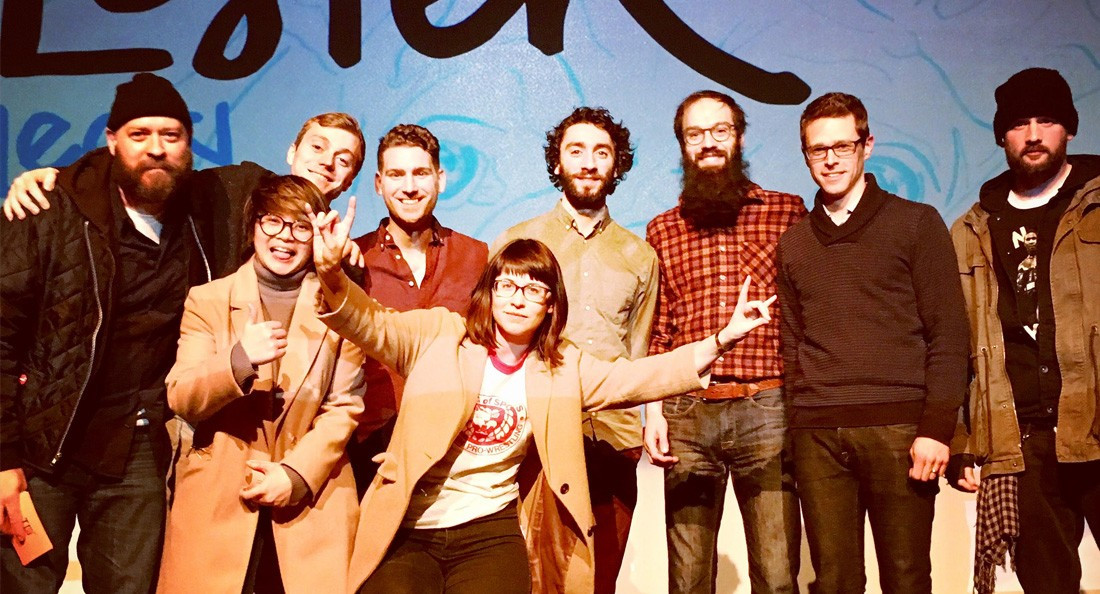PechaKucha reaches a wide audience
Presentation style balances intrigue and accessibility
PechaKucha, an event with an innovation presentation format, is marking its 31st evening in Winnipeg on Sept. 14 at The Park Theatre. Not only does it bring in a variety of speakers, but its holistic approach to information-sharing might mean that it’s reaching a wider audience than your average lecture.
Winnipeg’s PechaKucha city organizer, Oliver Oike, describes the event as a fast-paced way to connect with Winnipeg’s creative community.
“We want to hear the behind-the-scenes kind of stuff, the successes and failures and challenges and things they’ve learned along the way – things that inspire them or reasons why they got into the industry,” he says.
Oike explains that this open structure encourages presenters to dig deeper than what they might usually share while on stage.
Each evening has between 10 and 15 presenters, and each presenter provides 20 image slides, which they speak alongside of. The slideshow is on a timer, which the presenter does not control, and each image shows for 20 seconds.
Due to the time limit, a mere six minutes and 20 seconds, the presenters are forced to “whittle it down to the essence of what they want to communicate,” Oike says.
Uncovering a presentation’s essence isn’t the only benefit to this communication format. It gets audiences more excited, too. The PechaKucha presentation style “is used to provoke discussion about a topic more than to teach people,” Caroline Traweger, marketing specialist and co-owner of Twist Design and Communication, says.
“Think of it as a sales pitch to promote your topic and get other people interested in it. You want them to leave and discuss what you talked about, get curious and look up more information about the topic, share your passion,” Traweger says.
PechaKucha hosts a diverse array of presenters. The main goal is just getting a bunch of creative people together in the same room, Oike says. Past presenters have included writers, designers, illustrators, chefs, musicians and community organizers.
Maybe this 6x20 format is just more exciting and inspiring, but there might be more to it. The use of images bridges communication barriers. According to Dorothy Schwab, the Fetal Alcohol Spectrum Disorder (FASD) Educator at the Manitoba FASD Centre, the use of visual language (such as pictures and symbols) is an essential part of her work.
People with FASD often have difficulties with expressive communication and memory, making many mainstream forms of communication (such as your traditional lecture) inaccessible.
Schwab cites a study by Shelley Proven, which determined that 68 per cent of individuals diagnosed at the Manitoba FASD Centre have severe receptive and expressive language impairments.
So, as PechaKucha sweeps the globe (it’s now in over 900 cities worldwide), it might not just be that people are excited about the ideas being shared. It could be that more people, and different people, are able to participate.
Published in Volume 72, Number 1 of The Uniter (September 7, 2017)






